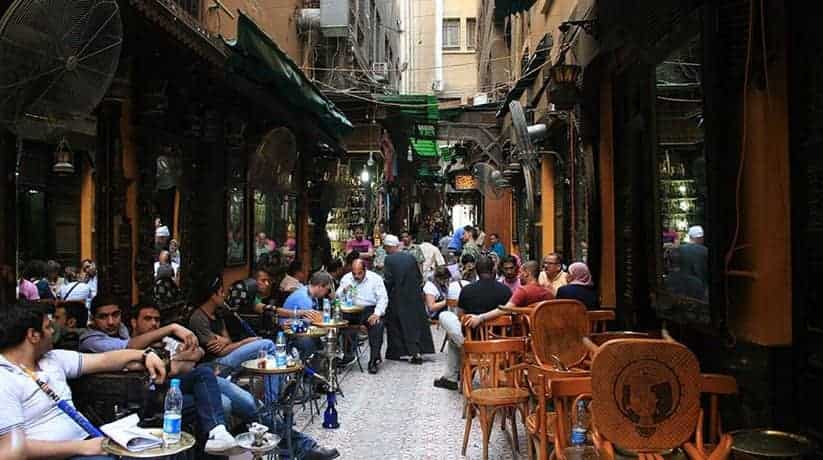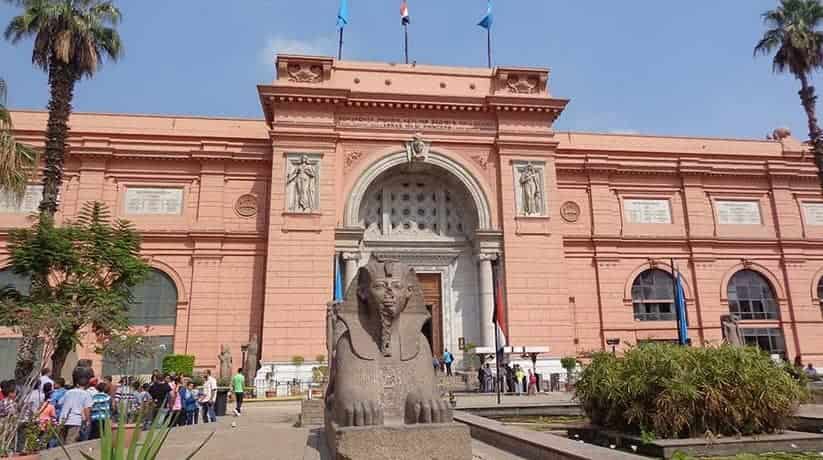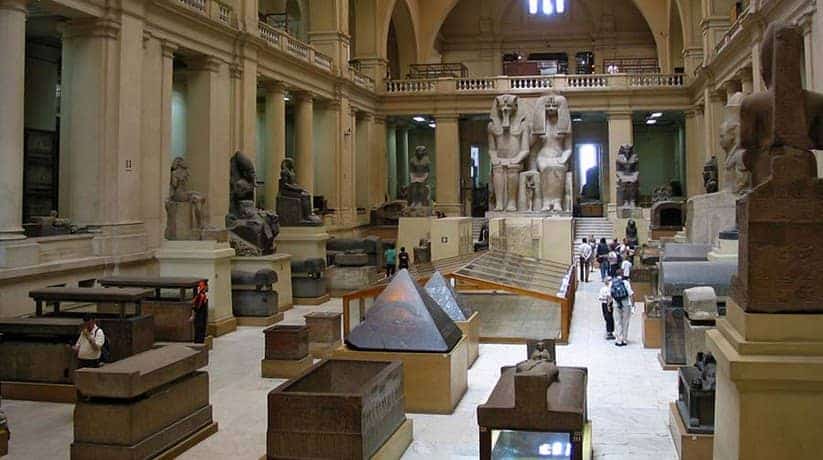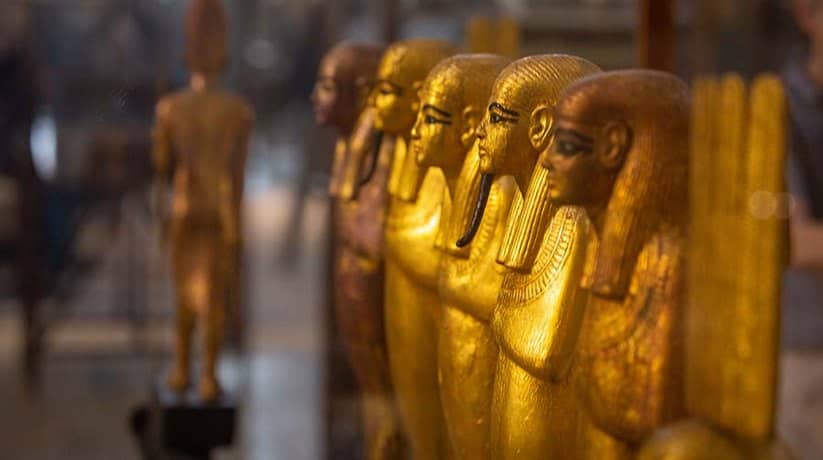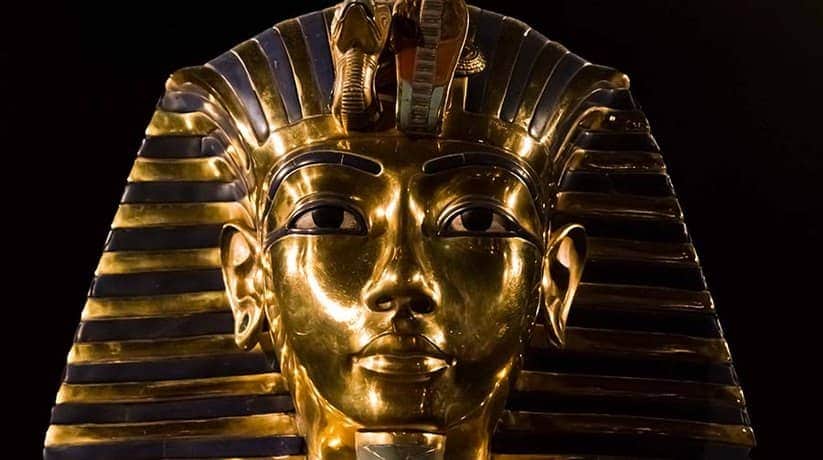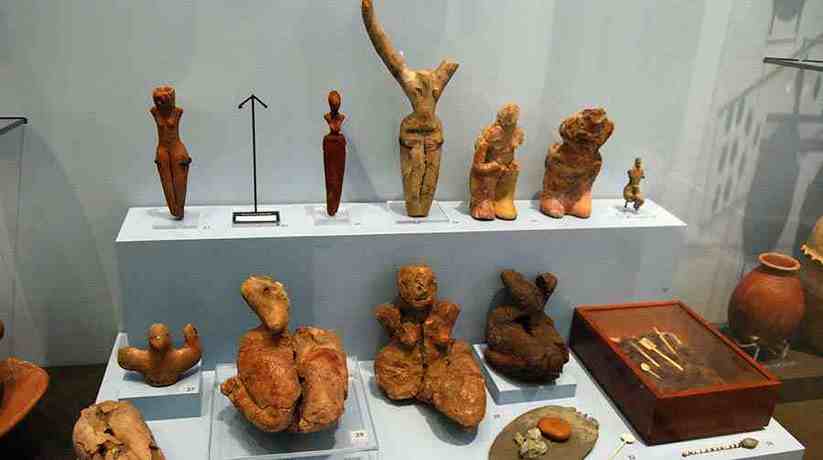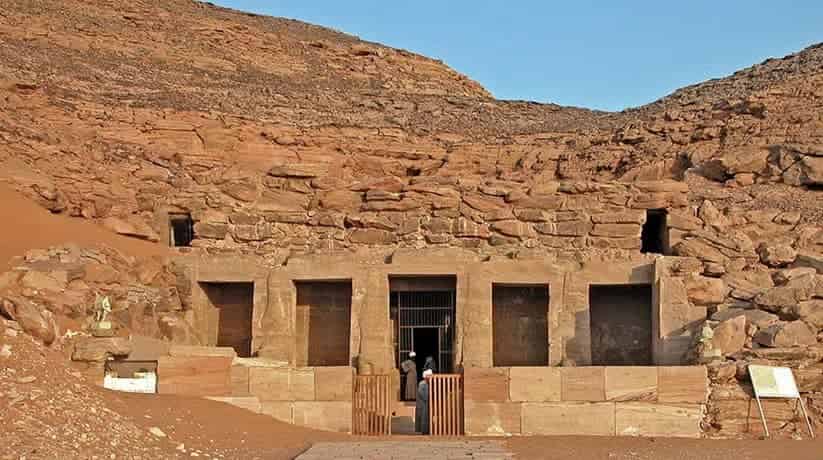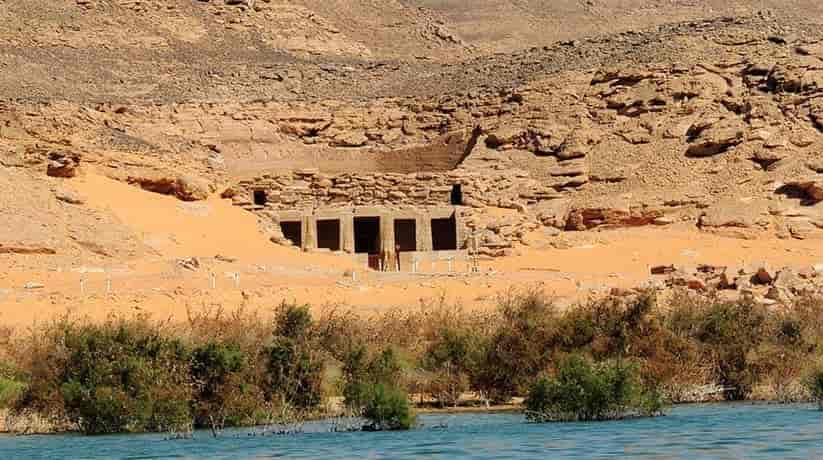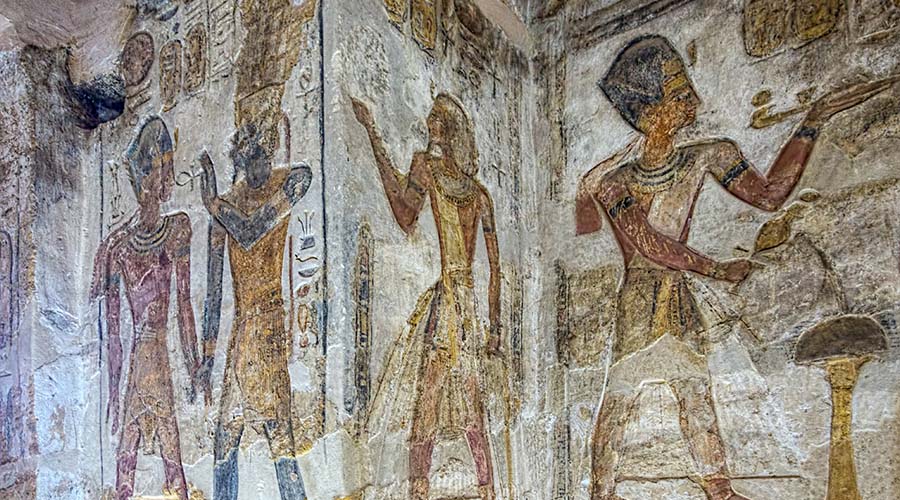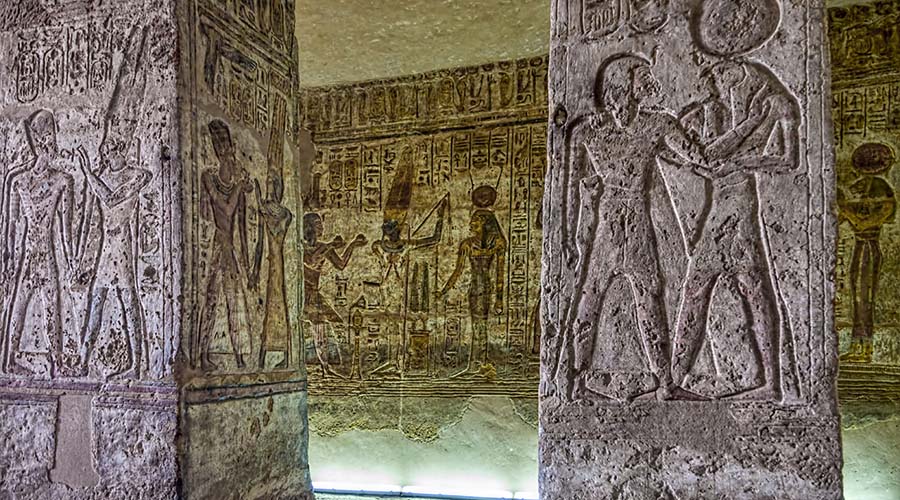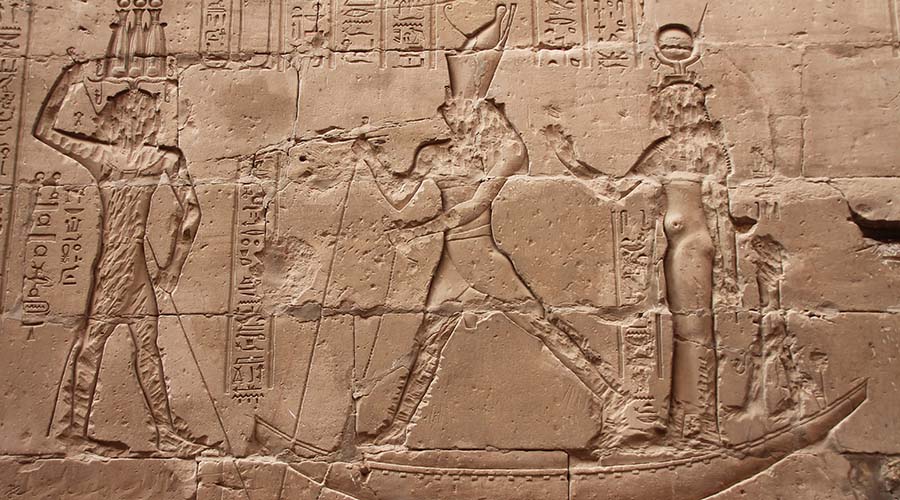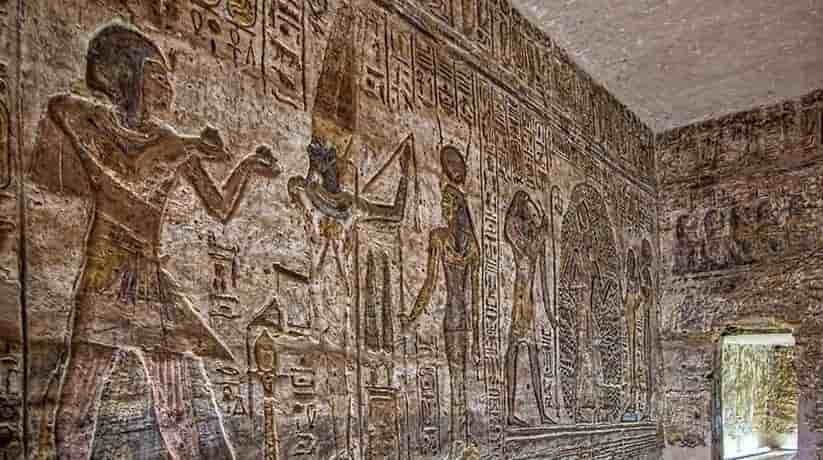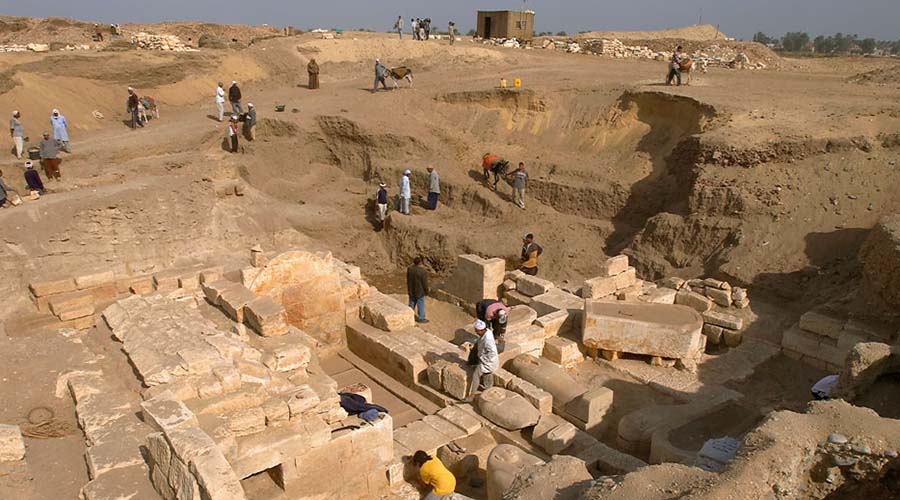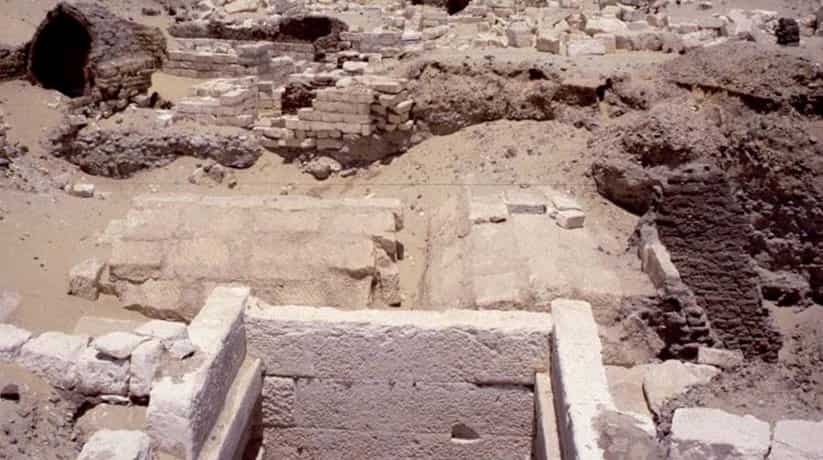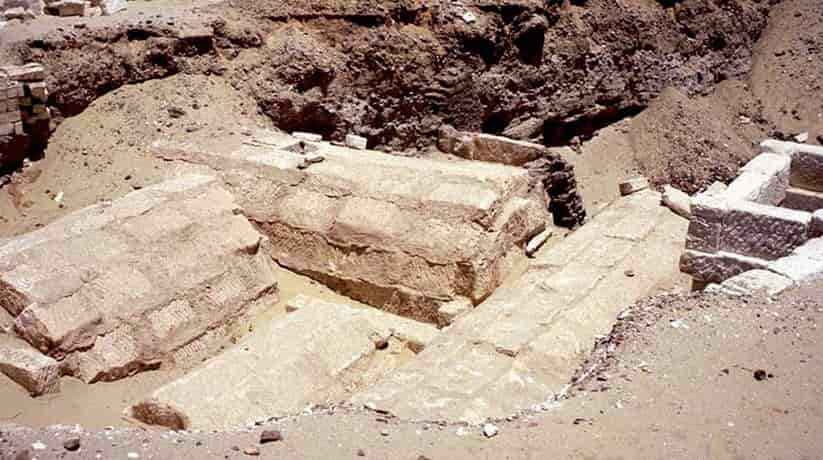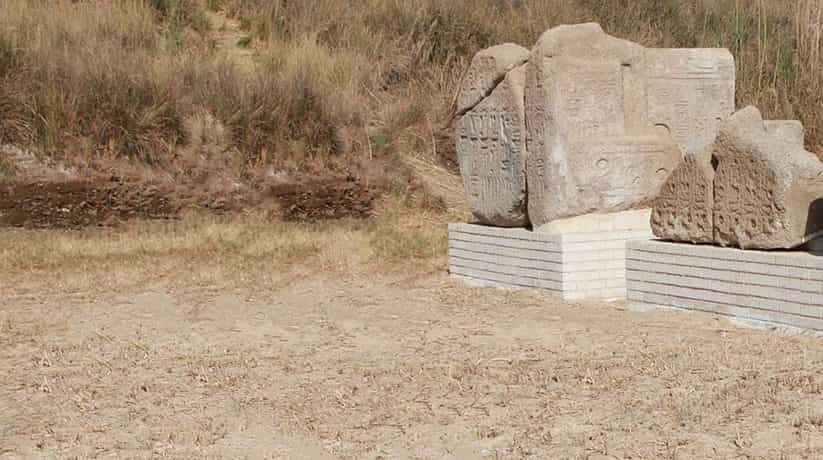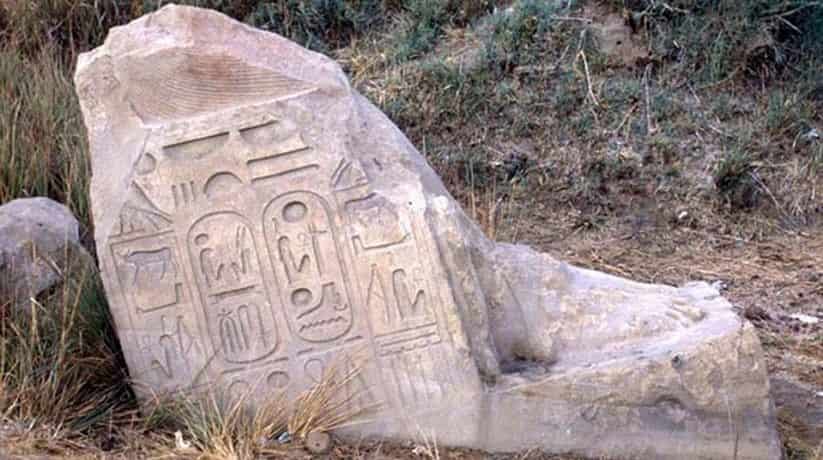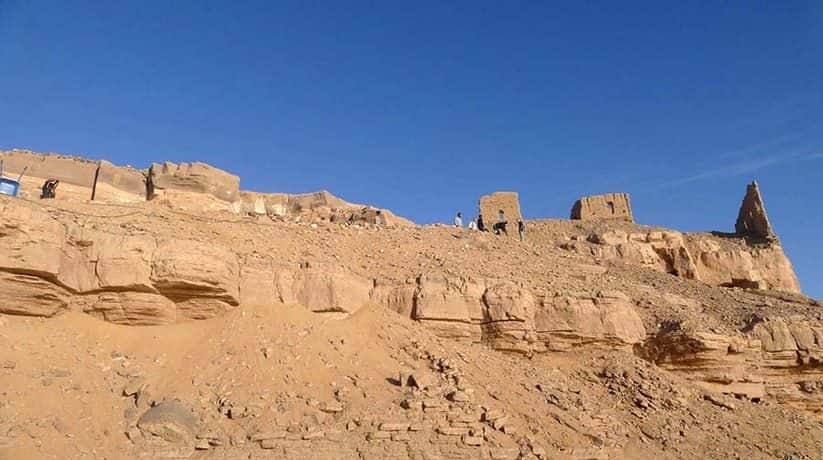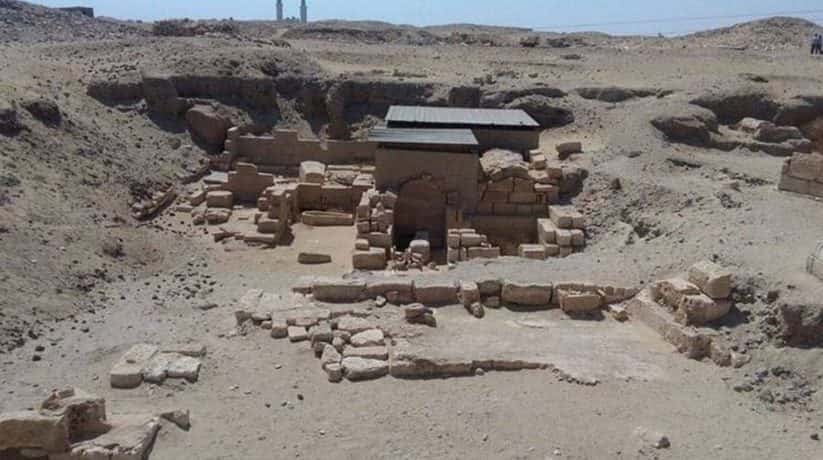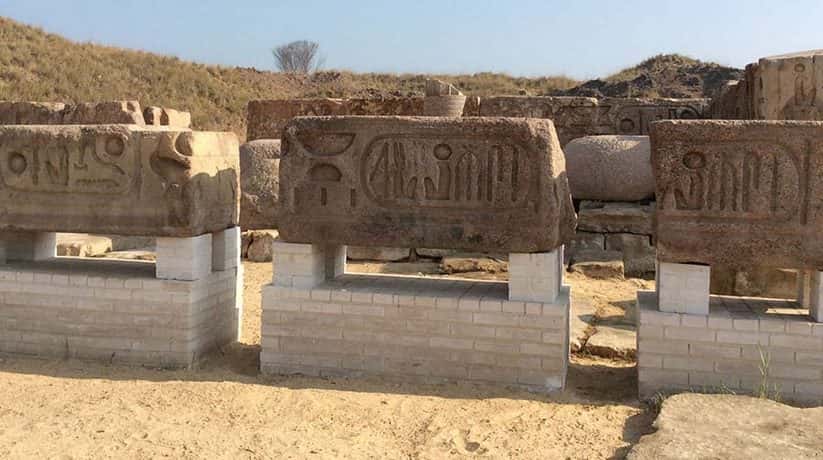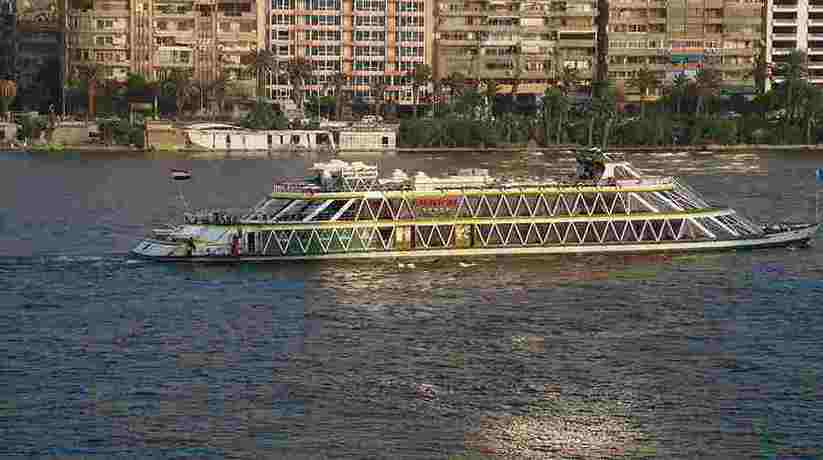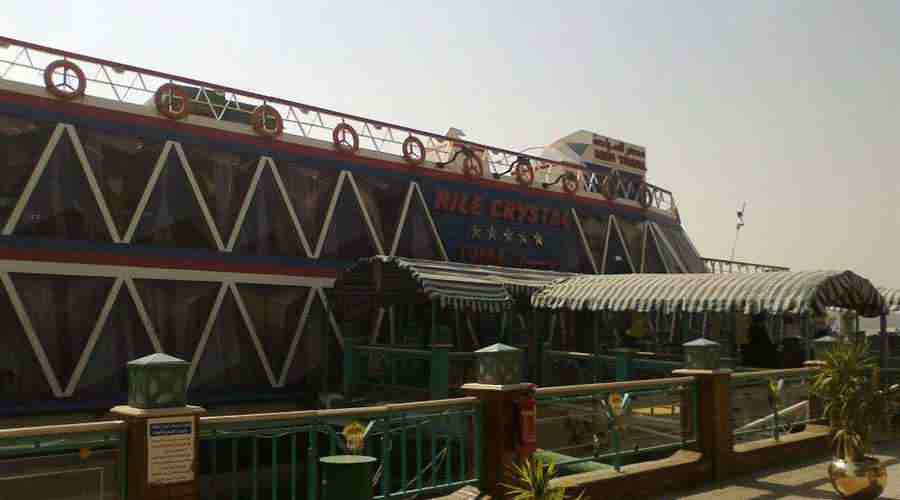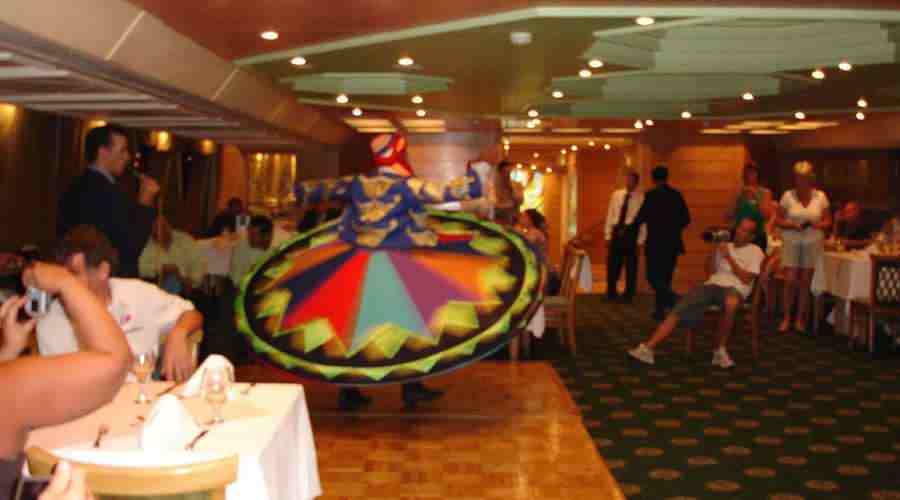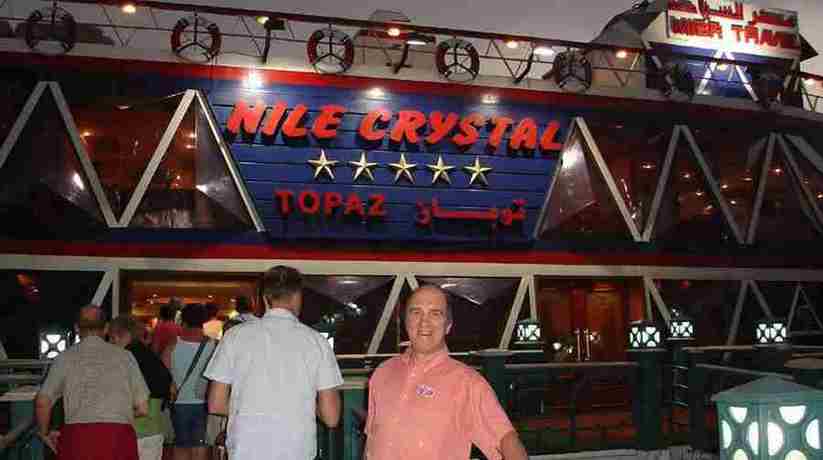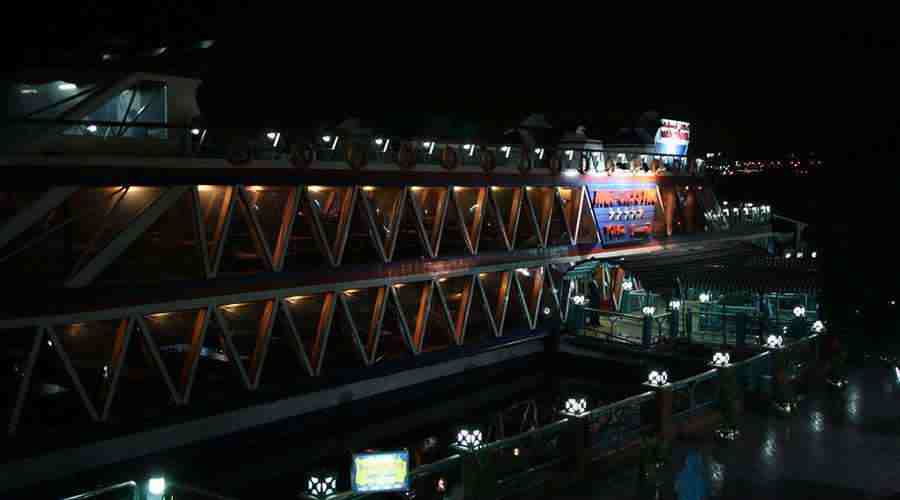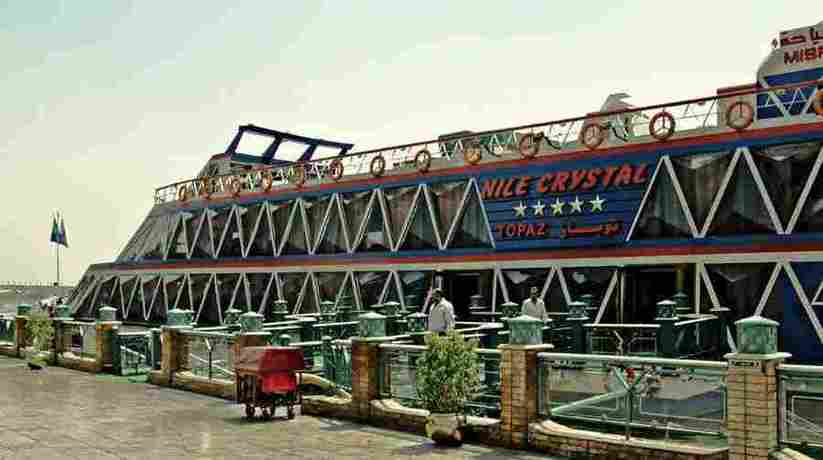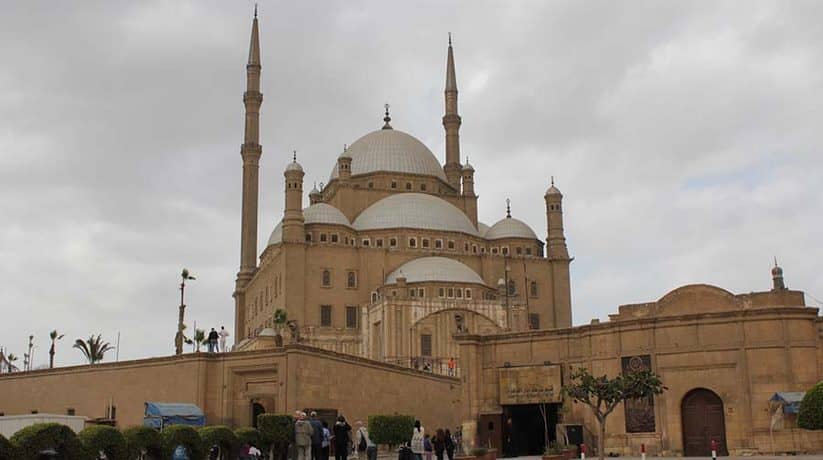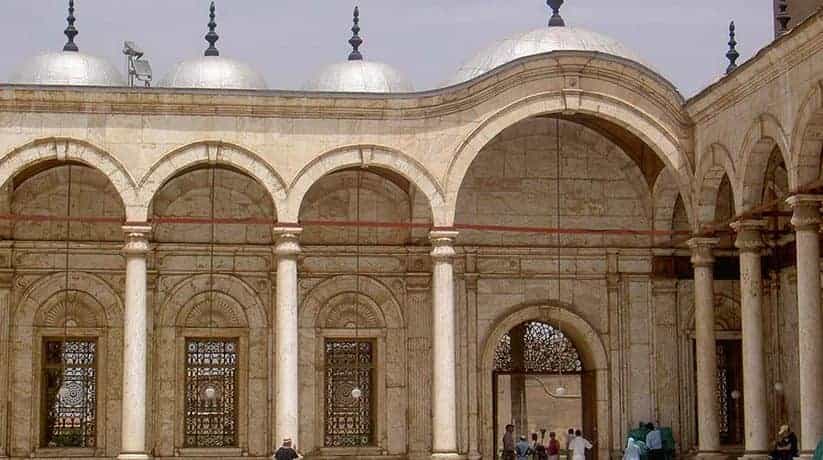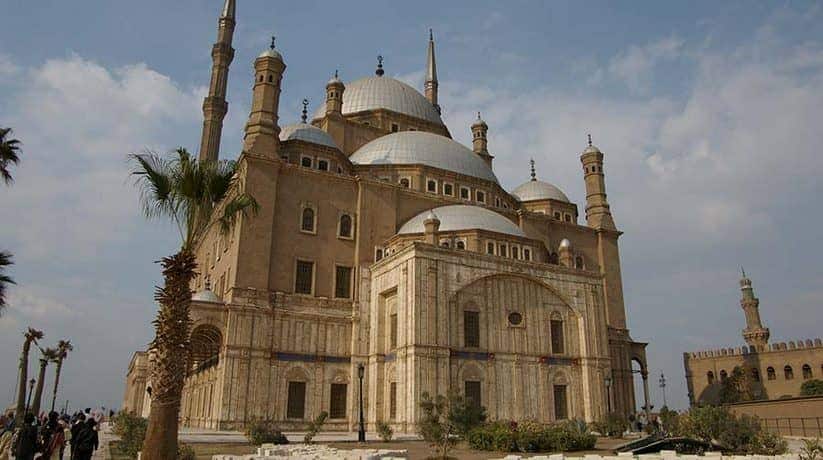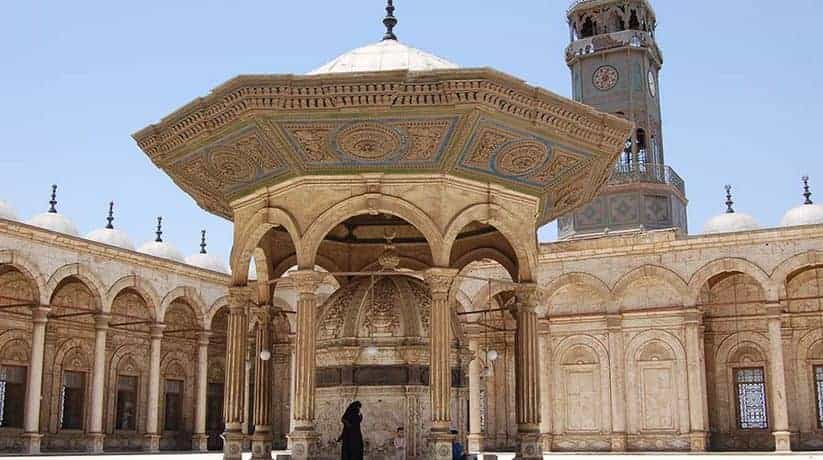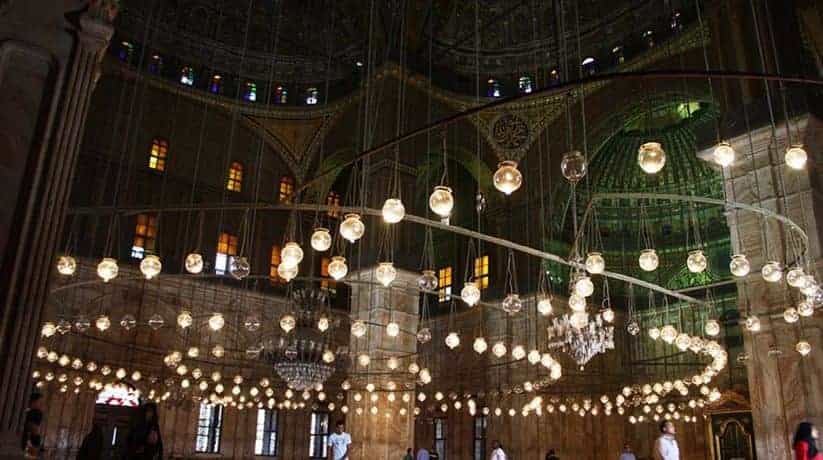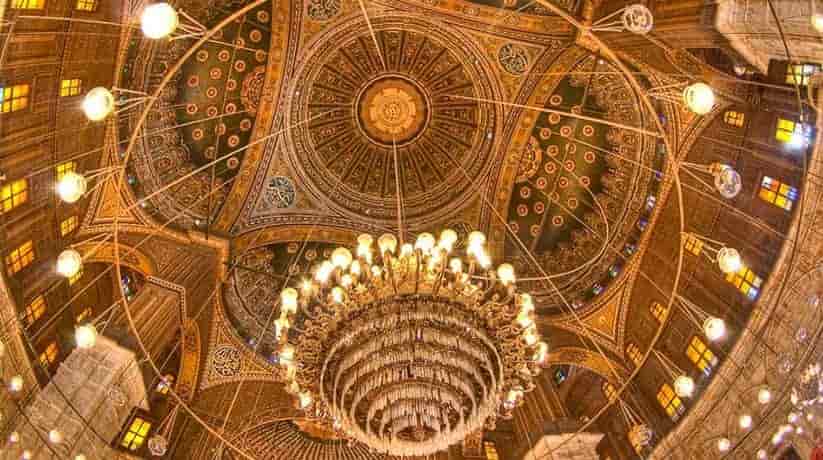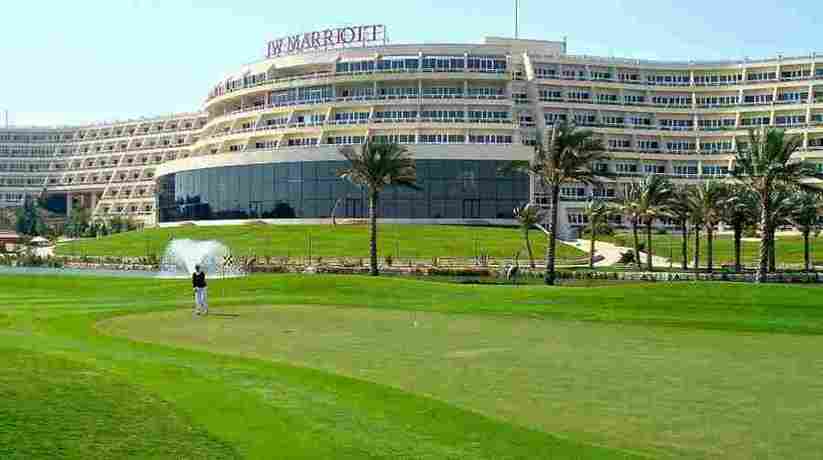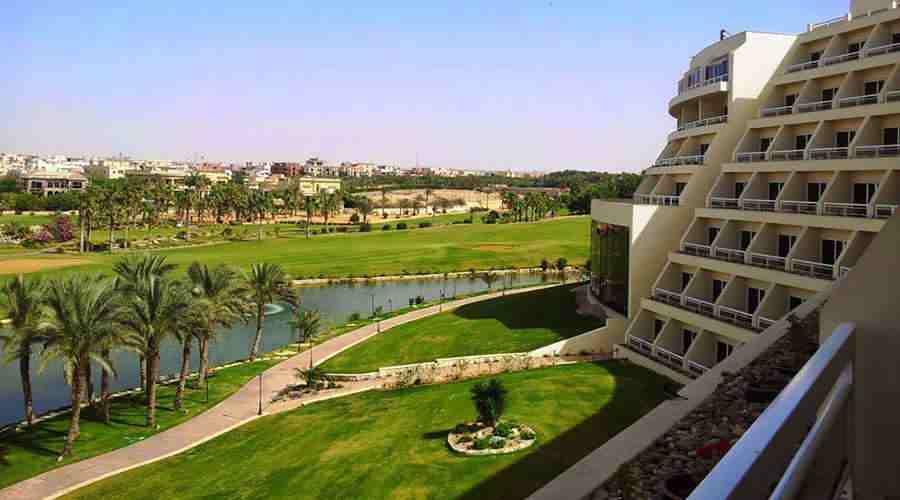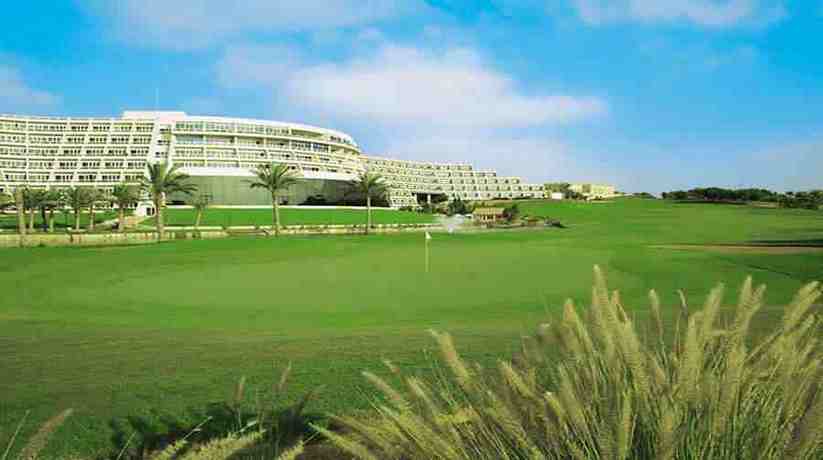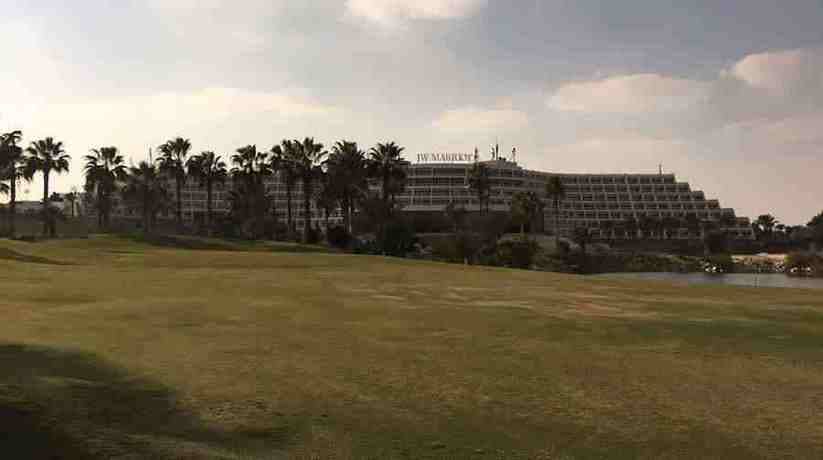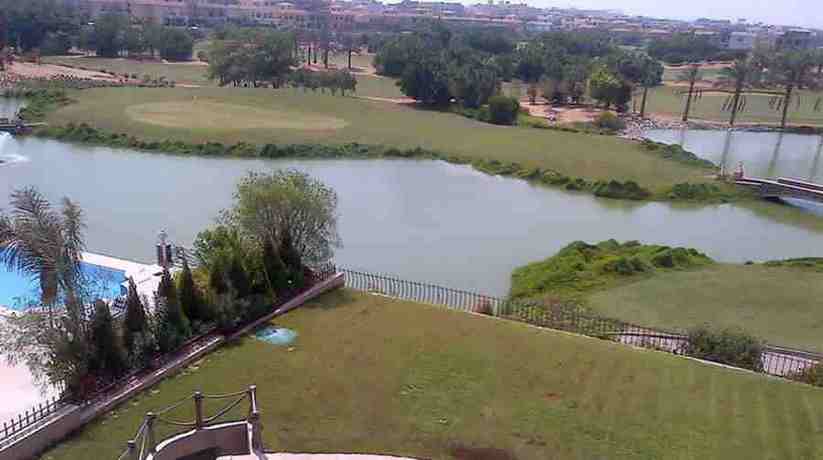El Fishawy Cafe Cairo
El Fishawy Cafe Cairo Egypt tours, booking, prices, reviews
El Fishawy Cafe Cairo indeed is the most renowned cafe in the Arab world. It is a monument to the traditional Egyptian social style. El Fishawy Cafe Cairo is popular for relaxing with friends and colleagues. It is the occasional stranger over coffee, tea and tobacco. Some 240 years ago, a man named El Fishawy began serving coffee to his friends. It was in an alley of Cairo’s Khan El Khalili district. This was each evening after prayers. According to his descendants El Fishawy’s gatherings grew larger. It fueled by the talk of the town. El Fishawy added mint tea and anise tea to his informal menu. This is besides shishas (water pipes). “We are different from the other coffeehouses because we work to preserve the old style”. Says Akram El Fishawy. He is one of the the Cafe’s seventh-generation owners.
In fact, El Fishawy Cafe Cairo really represents Egypt’s past. The Cafe’s sits cramped and noisy at the hub of Cairo’s richest area. It is of Islamic architecture and historic institutions. Besides the labyrinthine 14th-century Khan El Khalili market, the popular Al Hussein mosque is nearby. It is where the head of one of the grandsons of the Prophet Muhammad said to be buried. Only a few meters across the road from the cafe is Al Azahr. It is one of the world’s oldest universities. Partly because of this location, El Fishawy Cafe became a popular neighborhood watering hole. It also became a rallying point for more than two centuries of Egyptian writers, artists, musicians and students. “Loving greetings I present to my beloved home, El Fishawy” reads one entry in the cafe’s multi-volume guest register.
Further details about the Cafe El Fishawy Cairo:
The Arabic script is small and clear. “God grant it and its owners long life, fame and happiness. Your loyal son, Naguib Mahfouz. December, 1982”. Akram El Fishawy explains that Mahfouz was the café’s most famous “regular”. In fact, he wrote parts of his Nobel-Prize-winning trilogy in El Fishawy Cafe’s back room. “His boyhood home is just down the road” Other notable patrons have included Ahmad Rami. He is the poet who wrote songs for the legendary singer Umm Kalthum. Even King Farouk, ruler of Egypt in the years before and after World War II. Good wishes also appear in the guest book from the pen of Alex Haley, author of Roots. The television series made from his book was one of the greatest hits in recent memory in Egypt.
“Everything that has happened in Egypt has passed through Fishawy’s” says El Fishawy with pride. El Fishawy Cafe is a cafe for ordinary people, and each day has its rhythm. In the early morning, cabbies, craftsmen and shopkeepers often drop in for a wake-up pot of tea. Noon brings the peak hours. It is when camera-toting travelers can often spotted moving in herds among the tables. It is while the cafe’s waiters stride through their midst, like egrets. Afternoon brings a wave of students and groups of worshipers. This is after their prayers at Al Hussein. On weekends, El Fishawy cafe seems filled with Egyptians from towns and cities outside Cairo. At such a time, someone might begin to recite a poem, half-heard amid the nocturnal buzz and bustle.
Further details about El Fishawy Cafe Cairo:
There are changes which affected both the cafe and the country over the years. But in fact, El Fishawy Cafe Cairo remains a social monument. Traditional menu, battered mirror frames and the waiters shouting their orders. It is across the alley to the kitchen let Fishawy cafe endears itself to all who enter. In fact, the tea is the most popular drink at Fishawy’s and in much of the Arab world. It comes in a battered two-cup enamel teapot with a bowl of sugar. Moreover, it comes with sprigs of fresh mint and a small glass. Coffee served in the traditional Arab kanakah. It is a fluted, long-handled copper pot with sugar on the side. Other national favorites include Karkaday, a tart, and deep-red hibiscus. They include also anise infusion, fresh lemonade and Sahlab. They also include a hot thick drink like thinned Cream of Wheat.
To the habitues, long-handled shishas, the traditional Arab water pipes, are as indispensable as tea. On a typical night, the cafe’s tiny kitchen turns out as many as 400 clay pipe-bowls. It packed with aromatic tobacco mixtures. It made sticky with either traditional molasses or a lighter apple flavoring. Women as well as men smoke, drawing it through a flexible tube and a cylindrical wooden handle. Most of the tiny, round tables, their marble tops cracked. Furthermore, they held together by their aluminum rims, have seen as many years as Fishawy’s itself. El Fishawy Cafe Cairo has large oil paintings. They varnish darkened to deepest brown. It also features enormous mirrors, heavy in gilded arabesque frames and some inlaid with mother-of-pearl.
Further details about El Fishawy Cafe Cairo:
The walls, covered with a dimmed yellow paint. This makes the cafe as old as Khan El Khalili itself. The Cafe’s inner sanctum is the “closed treasure room” once Naguib Mahfouz’s favorite writing spot. It now used for private parties. In El Fishawy Cafe Cairo stands a full-length Spanish mirror with lotus blossoms. It carved into its ponderous dark frame. It reflects light from an over sized chandelier. “We can’t redecorate” says Akram El Fishawy. “When we tried to repaint the walls, the customers complained. They said, ‘We like it better when they are dirty!” That genuineness, El Fishawy says, is not likely to change. His ancestor started the cafe for social reasons and for his friends. He points out that Fishawy’s today “is not an investment project”. It is something to preserve.





